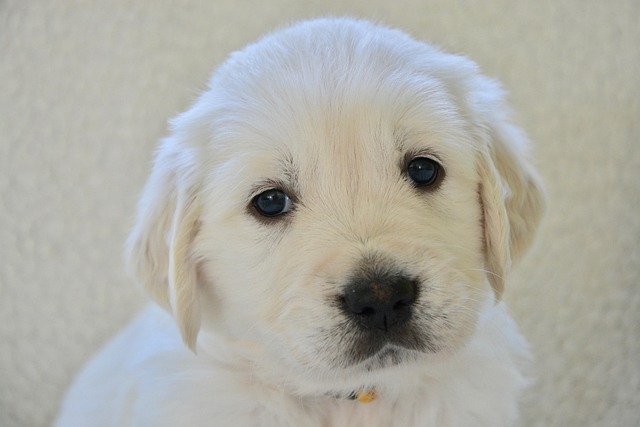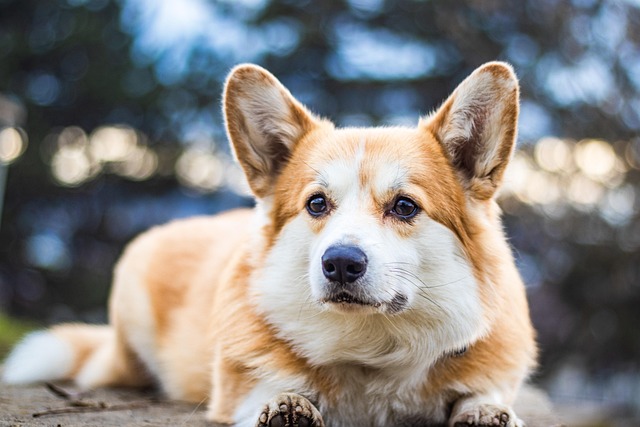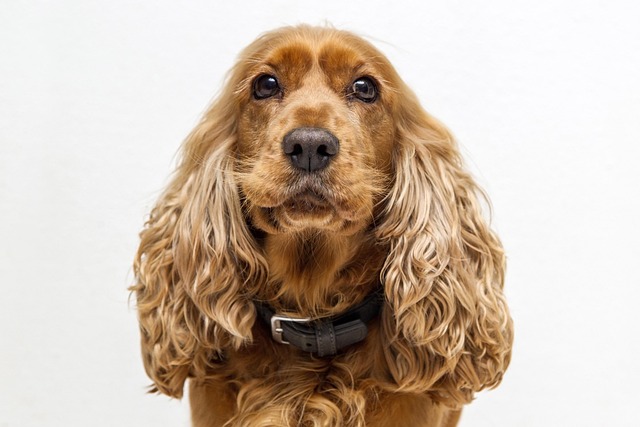When you look into the eyes of a dog that hasn't been properly socialized, you're witnessing a complex mix of fear, confusion, and untapped potential. These dogs often carry invisible scars from their formative months – perhaps they were isolated, confined, or simply missed those crucial early experiences that shape confident, adaptable adult dogs. The path forward isn't about erasing the past; it's about building a bridge to a more connected future.
Understanding the unique challenges these dogs face is the first step toward meaningful change. Unlike puppies who naturally absorb new experiences like sponges, adult dogs who missed early socialization often view the world through a lens of suspicion. Their nervous systems have essentially hardened around limited experiences, making new encounters feel threatening rather than exciting. This isn't stubbornness – it's a survival mechanism that once served them well but now limits their quality of life.
The beauty of gradual environmental enrichment lies in its gentle respect for these psychological barriers. Think of it as slowly expanding a dog's comfort zone rather than shattering it. When we introduce new stimuli and environments at a pace the dog can handle, we're essentially teaching their nervous system that the world can be safe and predictable. This approach acknowledges that for these dogs, every new experience is both an opportunity and a potential threat.
I've witnessed remarkable transformations when owners commit to this patient process. One client's rescue dog, Max, had spent his first three years in a backyard with minimal human contact. His journey began with something as simple as sitting quietly in different rooms of the house, gradually building his confidence in navigating new spaces. We started with the familiar – his favorite treats and toys – then slowly introduced variations in texture, sound, and visual stimuli within the safety of his home environment.
The magic happens when gradual environmental enrichment meets positive reinforcement socialization techniques. Traditional training often focuses on correcting unwanted behaviors, but rehabilitative socialization for adult dogs requires a different mindset entirely. Every small step forward deserves celebration. When Max first approached a new person without cowering, we marked that moment with his favorite treat and calm praise. These positive associations become the foundation for future progress.
Positive reinforcement in this context goes beyond simple treat-giving. It's about creating a communication system where the dog learns that brave choices lead to good outcomes. For socializing adult dogs who missed early socialization, this might mean rewarding a dog for simply observing another dog from a distance, or for remaining calm when a stranger walks by. The key is meeting the dog where they are, not where we wish they were.
Building a practical, phased plan requires honest assessment of your dog's current comfort level. Start by creating a baseline – what can your dog handle right now without stress? Maybe it's being in the same room with you, or walking to the end of the driveway. That becomes your starting point. From there, you can gradually introduce new elements while maintaining that foundation of safety.
The first phase typically involves controlled exposure within familiar environments. This might mean having a friend sit quietly in your living room while you and your dog go about normal activities. The goal isn't interaction yet – it's simply helping your dog learn that new people can exist in their space without posing a threat. Watch for signs of relaxation: soft eyes, normal breathing, willingness to take treats. These indicators tell you when it's safe to progress.
As your dog grows more confident, the second phase introduces mild variations to familiar situations. Perhaps that same friend moves slightly closer, or makes gentle conversation. Maybe you take short walks on different streets, or visit pet-friendly stores during quiet hours. Each successful experience builds neural pathways that support future learning. The timeline varies dramatically between dogs – some progress in weeks, others need months or even years.
The third phase involves more complex social situations, but always with careful attention to your dog's stress signals. Panting, pacing, excessive drooling, or inability to focus on treats all indicate that you've pushed too far too fast. This isn't failure – it's valuable information about your dog's current limits.
Unfortunately, well-meaning owners often make mistakes that can set back progress significantly. The most common error is rushing the process. I understand the eagerness to help your dog experience the joy of social connection, but patience truly is the greatest gift you can offer. Another frequent mistake involves using punishment or force when dogs show fear-based behaviors. A dog who growls at strangers isn't being aggressive – they're communicating discomfort. Punishing this communication can actually increase anxiety and create more serious behavioral issues.
Flooding – exposing a fearful dog to overwhelming amounts of what they fear – is particularly harmful. Taking an unsocialized dog to a busy dog park doesn't accelerate socialization; it typically reinforces their belief that the world is chaotic and unpredictable. These dogs need predictability and control over their environment to build confidence.
Some owners also make the mistake of projecting human emotions onto their dogs. While empathy is essential, assuming your dog feels shame or embarrassment about their fears can lead to overprotection that actually limits growth. Dogs live in the present moment – they're not dwelling on past trauma or worrying about future judgment. They're simply responding to current sensory input based on their learned associations.
Professional support can make an enormous difference in this journey. A certified dog trainer experienced in behavior modification can help you read your dog's signals more accurately and design a customized plan that addresses your specific challenges. Some dogs benefit from working with veterinary behaviorists who can assess whether anti-anxiety medication might support the training process.
Support groups for owners of reactive or fearful dogs provide invaluable emotional support and practical advice. Online communities like those found on specialized forums or social media groups connect you with others who understand the unique challenges of socializing adult dogs who missed early socialization. These connections can provide both encouragement during difficult moments and celebration during breakthrough experiences.
Books and educational materials specifically focused on fear-based behaviors offer deeper insights into the science behind these challenges. Understanding how your dog's brain processes fear and forms new associations can help you maintain patience during setbacks and recognize subtle signs of progress that might otherwise go unnoticed.
Remember that success in socializing a previously unsocialized dog doesn't necessarily mean creating an outgoing, social butterfly. For some dogs, success means being able to walk past other dogs without panic, or tolerating brief interactions with strangers. These achievements represent genuine victories that dramatically improve quality of life for both dog and owner.
The journey of socializing an adult dog who missed early socialization is ultimately about building trust – trust that you'll keep them safe, trust that new experiences can be positive, and trust that they can navigate the world with confidence. Every small step forward is a testament to your dog's resilience and your commitment to their wellbeing. With patience, consistency, and the right support, even the most fearful dogs can learn to find joy in connection.





